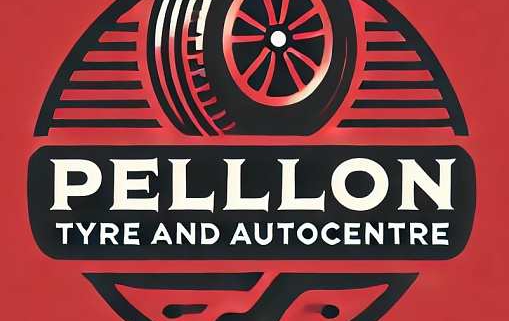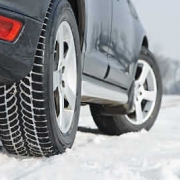Falken Safety Winter Tyres
Table of Contents
Falken Safety Winter Tyres

✅ Falken Safety Winter Tyres – Keeping Halifax Drivers Safe This Winter
It might sound daft to be writing about winter tyres in the middle of August, but if you know me, you’ll know I’ve been doing this for years. It’s just how I’m wired.
Maybe it’s those darker mornings creeping in – I’m always up early with the dogs at 5am, and lately, it’s still pitch black. That’s usually the first sign for me that winter’s on its way. So it’s time to start thinking about log deliveries, winter prep, and, of course, winter tyres.
At Pellon Tyres in Halifax, we always make sure we’re stocked up early, and this year we’re continuing to recommend Falken Winter Tyres – a quality brand that’s really earned our trust over the years.
❄️ Why Fit Winter Tyres in the UK?
People often assume winter tyres are only needed in places like Finland or Canada – where snow is pretty much guaranteed. But actually, the UK’s unpredictable weather makes things more dangerous. One minute it’s mild and rainy, the next we’re hit with snow, ice, or even sleet during the morning school run.
The problem is we never seem prepared for it. Every winter, drivers try tackling icy roads with worn-out summer tyres – and end up stuck, sliding, or worse.
This is where Falken winter tyres come into their own. Unlike summer or even all-season tyres, winter tyres are made from a special silica-rich rubber compound that stays soft and grippy in cold weather – especially once the temperature drops below 7°C.
🚗 How Winter Tyres Work Falken Safety Winter Tyres
What makes winter tyres different?
- They’re designed with thousands of small cuts called sipes that help grip icy or snowy roads.
- The tread pattern is deeper and more aggressive, helping to channel away slush and prevent hydroplaning.
- The compound stays flexible in the cold, improving traction and braking performance.
Summer tyres, on the other hand, go rock hard when it gets cold – reducing grip and increasing braking distances.
Multiple independent tests (including ones from Tyre Reviews and Auto Express) have shown that winter tyres can reduce stopping distances by several car lengths in snowy or icy conditions.
👉 Check out winter tyre options at Pellon Tyres
🌍 Falken – A Brand You Can Trust Falken Safety Winter Tyres
We’ve stocked and recommended Falken Tyres for years because they offer that perfect balance between performance, price, and reliability.
Falken is a Japanese brand, part of the Sumitomo Rubber Industries group, and their winter range – especially the Falken Eurowinter series – has performed exceptionally well in European tyre tests.
We’ve had brilliant feedback from our customers here in Halifax who’ve used Falkens in all sorts of winter conditions – from wet Pennine back roads to snow-covered drives up in Queensbury.
🇨🇦 What Canada Can Teach Us About Winter Tyres
In places like British Columbia, winter tyres are legally required during certain months. And there’s good reason – according to surveys, cars fitted with winter tyres have significantly fewer accidents. In fact, in Prince Edward Island, only 6% of accidents involved cars fitted with winter tyres.
Even here in the UK, laws may not yet require them – but the safety benefits are undeniable. In my opinion, they should at least be recommended more strongly, especially for rural drivers or those with long commutes.
💬 Real World Feedback from Halifax Drivers on Falken Safety Winter Tyres
Every year, we hear from returning customers who say the same thing:
“I wouldn’t go through another winter without them.”
They tell us how they felt more confident braking, climbing hills, and staying in control when others were slipping around.
With a set of Falken winters on your car, you’re not only improving safety for yourself, but also your family, your passengers, and everyone else on the road.
✅ Final Word: Get Ahead Before the Cold Snap Hits
Winter tyres aren’t just for snow – they’re for wet, slushy, cold mornings, frosty school runs, and black ice on Yorkshire lanes.
At Pellon Tyre and Autocentre, we’re here to help you choose the right tyres for your vehicle and your budget. We’ve already started taking deliveries of Falken winter tyres, so don’t leave it too late.
👉 Book your winter tyre fitting online
📍 Or call in for advice at our garage in Halifax.
In 2024 we have now joined Tyresafe.org to help in tyre safety campaigns.


